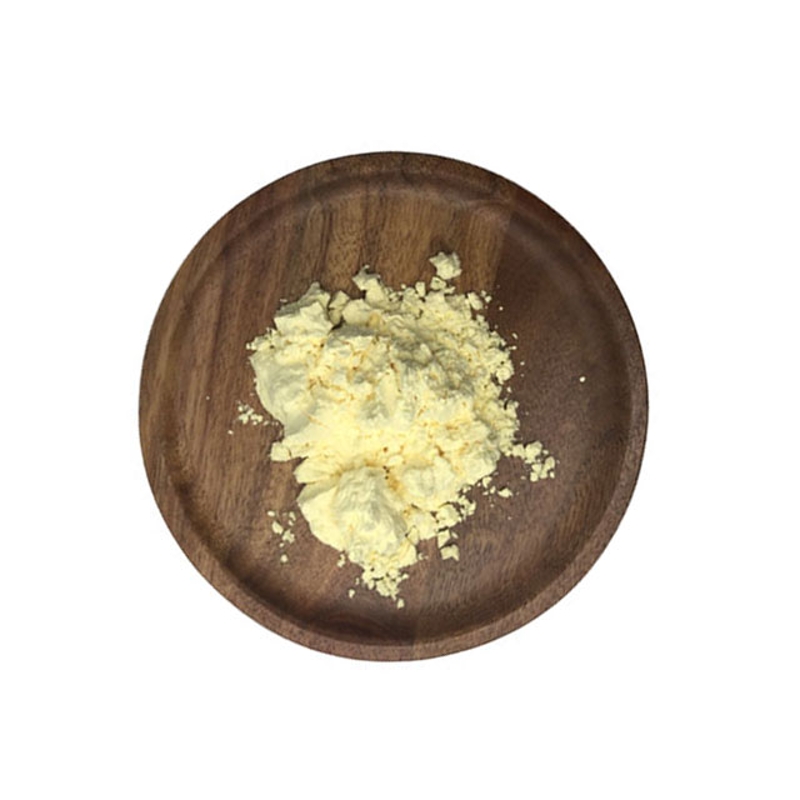-
Categories
-
Pharmaceutical Intermediates
-
Active Pharmaceutical Ingredients
-
Food Additives
- Industrial Coatings
- Agrochemicals
- Dyes and Pigments
- Surfactant
- Flavors and Fragrances
- Chemical Reagents
- Catalyst and Auxiliary
- Natural Products
- Inorganic Chemistry
-
Organic Chemistry
-
Biochemical Engineering
- Analytical Chemistry
- Cosmetic Ingredient
-
Pharmaceutical Intermediates
Promotion
ECHEMI Mall
Wholesale
Weekly Price
Exhibition
News
-
Trade Service
!--ewebeditor: page title" -- August 21, 2020 / -- When the product of a metabolic pathway reduces its own production by inducing a decrease in the activity of a key enzyme class in the pathway, feedback suppression occurs, and such inhibitions control the production of lipid polysaccharide molecules (LPS, lipopolysaccharide), which is an important factor in certain bacterial membranes. In a recent study published in the international journal Nature, Clairfeuille et al., which has long speculated that the feedback signal path path that mediates LPS biosynthesis is either LPS itself or its prelude1, Clairfeuille et al.
E. E. coli has two different membrane structures, namely the endometrium (phospholipid double molecular layer) and the outer membrane (the outer surface arranged by LPS), the LPS can start assembly on the inner surface of E. coli, the assembly speed is controlled by LpxC enzyme, before the production of LPS, the lipid will be transferred to the outer surface of the inner membrane for further modification, and then, the complete LPS will be transported to the outer membrane surface through the protein bridge connecting the membrane.
researchers analyzed how this path is regulated, that is, how PPGA on the endometrium regulates the activity of LpxC by interacting with LapB, a protein that directs the enzyme FtsH to degrade LpxC;
When the level of the LPS molecule exceeds the threshold of the outer membrane, the transport of the LPS stops, so that the LPS accumulates on the outer surface of the inner membrane, which may trigger the formation of potentially fatal irregular membrane structures, and by sensing the accumulation of LPS, PbgA releases the inhibition of LapB-FtsH, which degrades the biosynthesis of the LPS and restores lipid-LPS balance.
picture source: Russell E. Bishop. Nature 584, 348-349 (2020) doi:10.1038/d41586-020-02256-x Researchers say E. coli with truncated form PbgA is still Can survive, but will be long-term lack of LPS, in these mutants, phospholipids will migrate to the outer surface of the outer membrane to produce a mixed membrane structure, which contains phospholipid double plaque scattered in the LPS-phospholipid membrane interval, and phospholipid double plaques can allow antibiotics and detergents into the cells.
Previous studies have shown that when phospholipid molecules are present on the outer surface, a fat group called palmate is incorporated into the LPS, and now researchers have found palmids in the outer membrane LPS of the PpgA mutant.
, using X-ray crystal diffraction techniques to analyze the structure of PbgA at a resolution of 1.9A, the researchers found that PbgA belonged to a family of enzymes containing the EpteA protein, which The lipid A domain of S is modified with phospholipid-derived molecules, and lipid A consists of two phosphorylated sugar molecules, by modifying these phosphate groups, EptA can provide the cells with resistance to antibiotics that bind to lipid A.
researchers said that the outer surface of PbgA can be tightly integrated with LPS molecules, and then they re-evaluated PpgA's low-resolution structure, the results confirmed that PbgA can bind to LPS lipid A domain, although the phospholipid part occupies a site near the binding LPS, but PbgA has lost the EptA used to catalyz the LPS modified amino acid side chain, and whether PbgA can retain the activity of enzymes remains to be determined.
PpgA is a protein that can be transformed into a receptor that senses LPS on the outer surface of the inner membrane, and the structure may support a model called PbgA-LapB-FtsH-Lpx. C's regulatory circuit may serve as a control mechanism to regulate the biosynthesis of LPS to meet the physical needs of the two membranes that are connected between cells, and in fact, the researchers confirmed the discovery of direct physical interactions between PbgA and LapB in the membrane.
, however, how LPS-PbgA combines to release PpgA's inhibition of LapB-FtsH interactions may still be unknown.
researcher Clairefeuille and colleagues found that PbgA binds to lipid A groups through a connecting domain, using amino acid sequences that are not reported in any other LPS binding protein. Mutations in the base group may inhibit PpgA's function, and in the last set of experiments, the researchers confirmed that synthetic peptides based on this sequence can bind to LPS and inhibit the growth of bacteria, and that by designing them, they can improve the antibiotic spectrum and effectiveity of peptides.
polycrystin binds lipid A through two phosphateized sugar molecules (but PbgA has only one binding point), and polyamcin antibiotic mucosin is often used clinically as a last resort to treat infections, while also increasing the amount of membrane Permeability makes bacteria sensitive to more effective antibiotics, and the researchers note that PbgA-derived peptides can also make bacteria sensitive to other antibiotics, which work in synergy with viscose and are not hindered by Epta catalytic LPS modifications.
PbgA is one of the few proteins in E. coli that does not have a clear function, and PbgA is also a signal transferer for LPS, which can provide some ideas and hopes for the development of new antibiotics.
() References: 1: Clairfeuille, T., Buchholz, K.R., Li, Q. et al. Structure of the essential inner inner system lipopolysaccharide - PbgA complex. Nature 584, 479-483 (2020). doi:10.1038/s41586-020-2597-x !--/ewebeditor:page--!--webeditor:page""""""""""""""""""""""""""""""""""""""""""""""""""""""""""""""""""""""""""""""""""""""""""""""""""""""""""""""""""""""""""""""""""""""""""""""""""""""""""""""""""""""""" Structure of a lipopolysaccharide regulator reveals a road to new antibiotics, Nature 584, 348-349 (2020) doi: 10.1038/d41586-020-02256-x !--/ewebeditor:page--.







